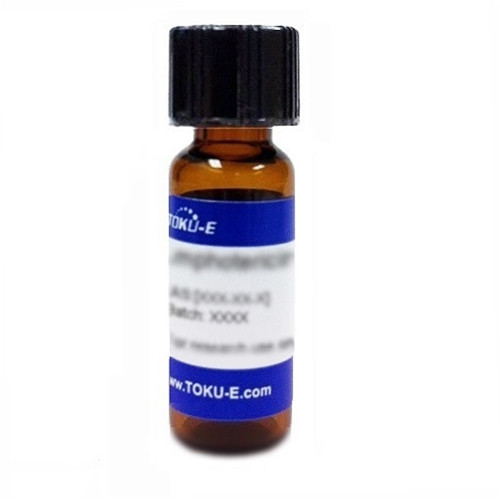Clindamycin Hydrochloride is a broad-spectrum antibiotic and antiparasitic agent. It is a semi-synthetic analog of lincomycin, a natural lincosamide isolated from Streptomyces lincolnensis in 1966. Anhydrous Clindamycin Hydrochloride is hygroscopic, and different crystal forms have been observed due to the degree of hydration.
Clindamycin Hydrochloride is freely soluble in water.
We also offer:








